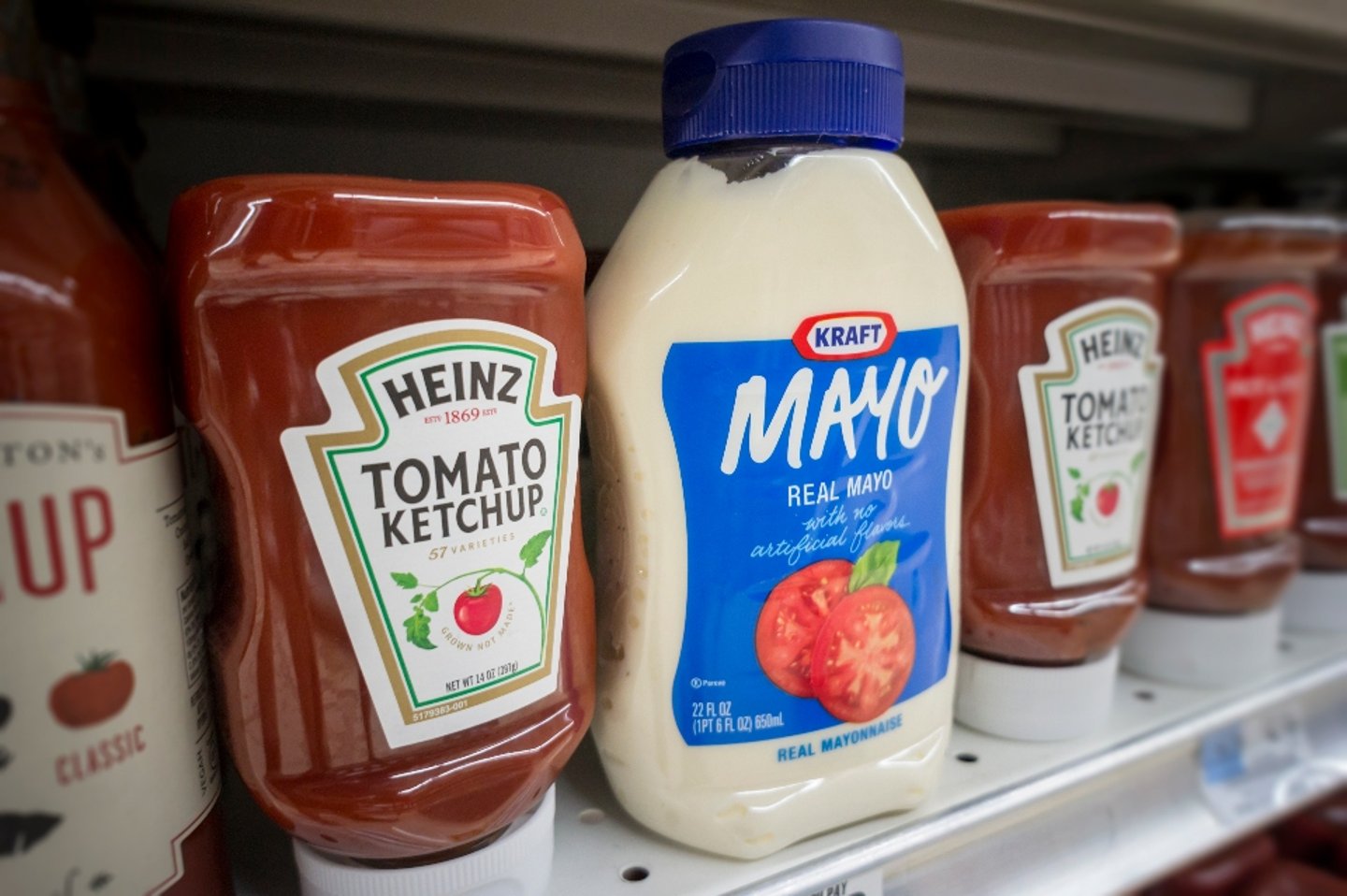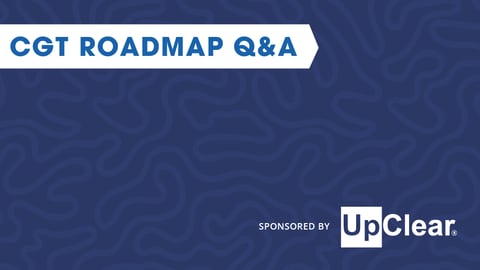Kraft Heinz Sits RGM at the Heart of New Growth Strategy
Kraft Heinz is embarking on a new growth trajectory — fittingly titled the Kraft Heinz Brand Growth Systems — that's focused on strategic revenue management and brand enhancement to increase consumer connections.
The new system is supported by three levers backing expansion in emerging markets: the go-to-market model, the brand equity of Heinz, and the away-from-home business.
The company is establishing an organizational-wide, systematic methodology and discipline to measure, monitor, and build brands, shared CEO Carlos Abrams-Rivera at the Consumer Analyst Group of New York (CAGNY) investors conference this week.
"We’ve had great success in marketing advancements recently," he noted, "but now it’s time to institutionalize our philosophy of building superior brands on a global basis."
An RGM Roadmap
Kraft Heinz has established a dedicated organization within revenue management, building digital tools that have resulted in a 5% CAGR improvement in promotional ROI since 2019, according to the No. 21 publicly owned consumer goods company
Improving promotion ROI has been a longtime key priority within their larger turnaround strategy. As part of this, the company rolled out a proprietary trade management system to more effectively measure promotion impact and provide recommendations through real-time data.
See Also: Kraft Heinz Expands Agile Pods Across Organization
Artificial intelligence has also been used to improve promotion ROI by identifying the right product mix for a retail location or region.
These investments in digital revenue management and planning solutions have resulted in improved promotion ROI and expanded share of shelf, said Abrams-Rivera.
Testing and prototyping have begun on AI-based models from promotional calendars that could potentially help reduce negative ROI promotions and further intelligently automate revenue growth, according to the CAGNY presentation.
Supply Chain Efficiencies
Kraft Heinz is also implementing digital tools to create what it touts as a "self-driving supply chain," leveraging automation and network optimization for increased capabilities.
“We are on a pace to generate efficiencies at about 3.5% of COGS and we will continue to strive to close the gap to the 4% best-in-class benchmark,” shared CFO Andre Maciel.
The company is increasingly tapping machine learning and automation to enhance forecast accuracy, reduce excess inventory, and move towards better benchmarks in working capital management. There are also plans to consolidate and automate warehouses, implement touchless demand forecasting, and scale up automated production scattering.
“At the same time, we’ll be maintaining discipline execution and leaning into our company value we dare to do better every day with a mindset of continuous improvement,” Maciel said.





